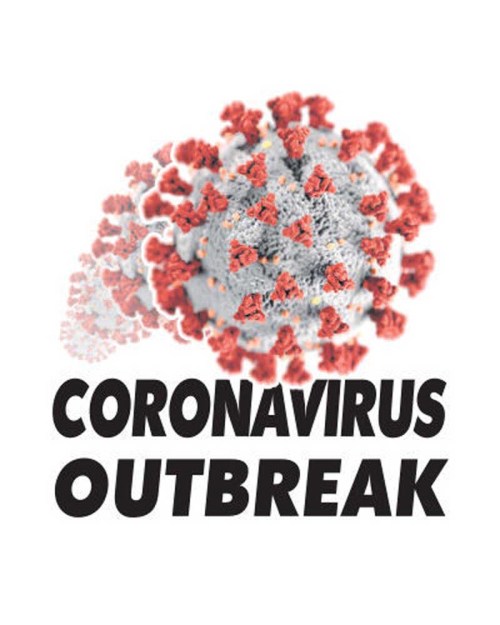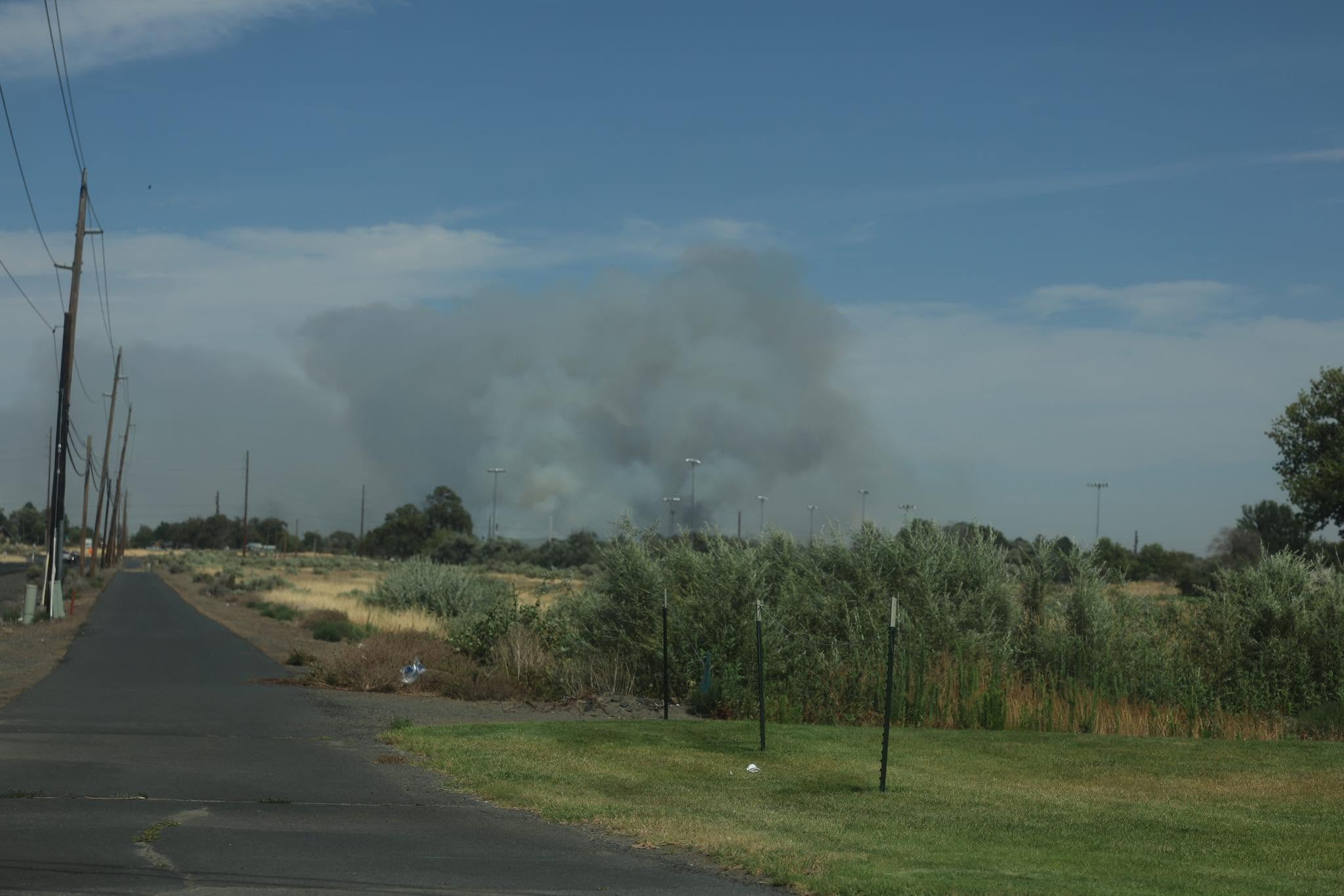Editorial: Coronavirus and the financial markets
Published 7:00 am Thursday, May 28, 2020

- Coronavirus logo online
The March 17 headline on the front page of the nation’s newspapers almost wasn’t about the coronavirus. It was — almost — about the crash in the financial markets caused by the overreaction of politicians who thought it would be OK to shutter millions of businesses, throw 38 million Americans out of work and in the process blow a gaping hole below the waterline of the U.S. economy’s hull.
The day before, March 16, was very nearly the day U.S. financial markets stopped. Prices didn’t just go down; they plummeted. The Dow Jones Industrial Average recorded its second biggest drop in history, bond markets faltered and even some money market funds seized up.
Coronavirus — or more accurately, politicians’ shutdowns blamed on coronavirus — had panicked investors. In “uncertain times” — you’ve heard that phrase before — investors sell their stocks and bonds and park their money in the bank.
The problem, according to a Wall Street Journal story published May 21, was that most people were selling and only a few people were buying.
Anyone who has been to an auction knows what that means. When there are only a few or no buyers, there is no market, and the value of the merchandise is approximately zero.
That is what happened in the markets on March 16. Not since 2008 had that happened. Then, it was caused by overzealous bond traders who stuffed dodgy mortgages into bonds and labeled them AAA-rated. When those mortgages went bad, those bonds turned into the junk they were and the dominoes started to tumble.
It didn’t stop with the bond market. Stock investors got spooked and financial markets spiraled toward the ground, starting a years-long recession.
That almost happened again in March, but this time it wasn’t a collection of too-clever-by-half bond traders with fancy MBAs and zero sense. This time it was a gaggle of politicians who were egged on by doctors and Ph.D.s who said they knew a lot about viruses but apparently missed that day in high school when the teacher talked about how financial markets drop like a rock when 20% of the U.S. economy is torpedoed.
After the March 16 disaster, traders and others in he financial community managed to back the economy away from the cliff, but a lot of damage had been done by the shutdowns. For now, the markets have been steadied by the prospect of the politicians reopening the economy and spraying it with money.
The politicians say the shutdowns were “necessary to stop the virus.”
Oh, but wait a minute. At first, the idea was to “flatten the curve” of seriously ill patients so hospitals wouldn’t be overrun. That only happened in a few places — New York, for example — but in other areas hospitals were emptied of other patients while doctors and medical staffers waited and only got layoff notices.
It should also be noted that, according to the Wall Street Journal, New York hospitals sent recuperating COVID-19 patients to nursing homes to recover — an error that cost the lives of many older New Yorkers.
That’s what we mean. Many governors locked down an otherwise healthy economy in an effort to “stop” a virus that killed relatively few people. As of last week, 94,965 people had died of coronavirus in the U.S. That’s terrible, and we’re sorry that happened. The victims were mainly 60 and older and had other health problems. That population should be protected under any circumstances, pandemic or not.
We’re not argiung that governors shouldn’t have done anything. To the contrary, they could prescribe masks, tell everyone to stay six feet apart and even work with restaurants and other businesses keep customers apart. That’s fine; they just shouldn’t shut down businesses willy-nilly or tell everyone to stay home at the risk of killing someone. That’s how you seriously damage the economy.
From January to April of 2017 — the last year for which statistics are available — 234,000 people died of heart disease and 199,000 people died of cancer. That’s more than double the number of coronavirus victims this year, yet there was no outcry about a heart disease or cancer “pandemic.”
In Oregon, 0.0017% of the population was hospitalized with COVID-19. In the most populous county, Multnomah, 1,018 people were sickened out of a population of 798,647 — 0.13%. The number of hospital beds in the county: 2,131.
Across the state in Baker County, with 15,984 people, a grand total of 1 person was sickened. Other rural areas reported the same levels of inactivity, or lower. Gilliam, Lake and Wheeler counties still haven’t had any cases.
Hardly worth shutting down the state.
In the meantime, the financial damage has been done. Congress has been borrowing and printing trillions of dollars in an effort to paper over some of the economic carnage. Acting at the speed of government, agencies have been trying to get aid to those in need while unemployed individuals, businesses, farms, ranches and restaurants tread water hoping for a life preserver.
Some have, or will, get it and, hopefully, survive. The rest, however, will only be added to the list of victims, not of the coronavirus but of the politicians’ overreaction to it.
No, we did not get to the end of the financial markets on March 16, but we could see it from where we stood.









